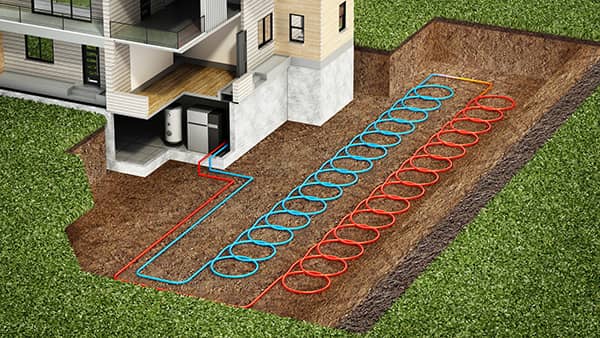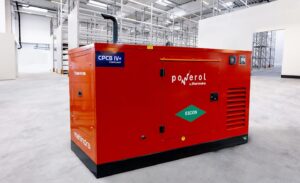
Geothermal installation
With growing awareness of environmental issues and the increasing need for sustainable energy solutions, geothermal energy has emerged as a promising option. Geothermal installation, while initially costly, offers long-term benefits that can significantly reduce energy expenses and environmental impact. This blog provides a detailed overview of the geothermal installation process, its advantages, and key considerations.
What is Geothermal Energy?
Geothermal energy leverages the earth’s stable underground temperature to provide efficient heating and cooling. Unlike traditional HVAC systems, which depend on the fluctuating air temperature, geothermal systems utilize the consistent thermal energy from the ground, making them more reliable and efficient.
Key Benefits of Geothermal Systems
- High Efficiency: Geothermal heat pumps (GHPs) can achieve efficiency levels of 300-600%, producing three to six times more energy than they consume. This translates into substantial savings on energy bills.
- Eco-Friendly: Geothermal systems use renewable energy from the earth, significantly reducing greenhouse gas emissions and reliance on fossil fuels.
- Durability: The underground components of geothermal systems can last more than 50 years, while the indoor heat pump units typically last around 25 years, offering a long-term solution.
- Stable Indoor Climate: By tapping into the earth’s consistent temperature, geothermal systems provide reliable and even heating and cooling throughout the year.
The Geothermal Installation Process
1. Initial Site Evaluation
The first step involves a thorough evaluation of your property. This assessment includes examining the soil type, available space, and local climate. The evaluation helps determine the most suitable type of geothermal system for your needs—be it horizontal, vertical, or pond/lake loops.
2. Choosing the System Type
Geothermal systems are mainly of two types: closed-loop and open-loop. Closed-loop systems circulate a mixture of water and antifreeze through buried pipes, while open-loop systems use groundwater as the heat exchange fluid. The choice between the two depends on the site-specific conditions and water availability.
3. Ground Loop Installation
For vertical installations, deep boreholes are drilled, and U-shaped pipes are inserted. In horizontal installations, trenches are dug, and pipes are laid out in these trenches. The pipes are then connected to the heat pump inside the house. The ground loop installation is a critical step that requires precise execution to ensure system efficiency.
4. Connecting the Heat Pump
Once the ground loop is installed, the pipes are connected to the indoor heat pump unit. This unit, typically installed in a basement or utility room, transfers heat between the ground and the house. During winter, it extracts heat from the ground, and in summer, it expels heat from the house back into the ground.
5. System Testing and Calibration
After the installation, the system is rigorously tested and calibrated to ensure it operates at peak efficiency. This includes checking the fluid flow rate, ensuring there are no leaks, and verifying the correct functioning of the heat pump.
Considerations and Maintenance
1. Upfront Costs
The initial cost of installing a geothermal system is higher than that of conventional HVAC systems. However, the significant savings on energy bills and potential tax credits or incentives can make up for the initial investment over time.
2. Maintenance Needs
Geothermal systems are low-maintenance. Regular inspections of the heat pump, occasional filter changes, and periodic checks of the ground loop connections are usually sufficient to keep the system running smoothly. Annual professional maintenance is also advisable to maintain optimal performance.
3. Importance of Professional Installation
Due to the complexity and precision required for geothermal installation, it’s crucial to hire experienced professionals. Proper installation ensures the system’s efficiency, reliability, and longevity.
Conclusion
Geothermal installation is an investment in a sustainable and energy-efficient future. By harnessing the earth’s natural energy, these systems offer an environmentally friendly and cost-effective solution for home heating and cooling. Although the installation process involves careful planning and an initial financial commitment, the long-term benefits make geothermal energy a compelling choice. By opting for geothermal installation, you not only reduce your carbon footprint but also enjoy stable and reliable indoor comfort year-round. Consider making the switch to geothermal energy for a greener and more sustainable home.






